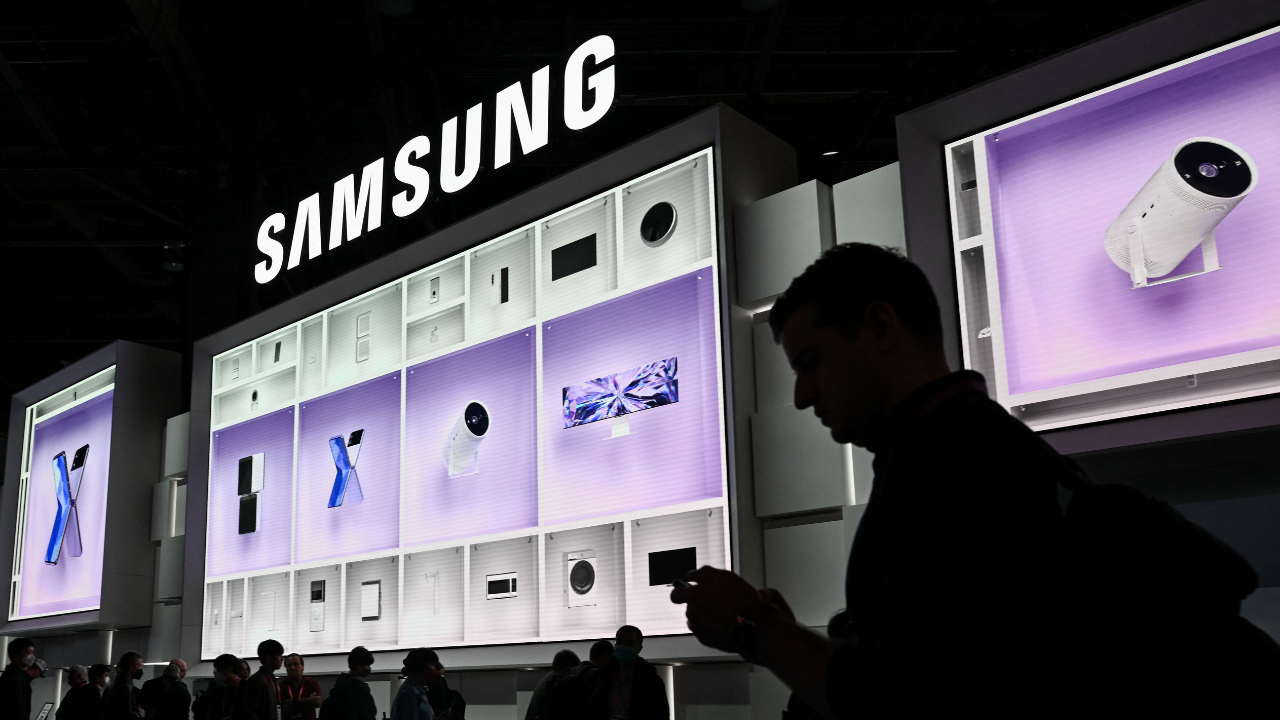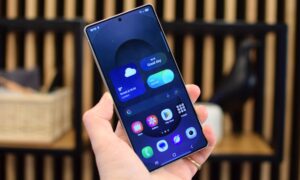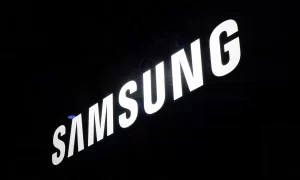Samsung is steadily advancing its efforts in the extended reality (XR) space, positioning itself as a contender to Apple’s Vision Pro. The tech giant has revealed plans for XR hardware, with a targeted release date in 2025. While details remain under wraps, a combination of patents, leaks, and corporate announcements gives a glimpse into the ambitious direction Samsung is taking.
Competing with Apple in the XR Market
Apple’s Vision Pro, launched earlier this year, raised the bar for XR devices with premium features and a hefty price tag. Samsung, however, seems to be preparing a competitor, likely branded under the Galaxy XR series. The company aims to combine cutting-edge hardware, AI integration, and a focus on comfort to challenge Apple’s dominance.
Features and Design Highlights
Recent patents filed by Samsung offer insights into the potential features of the XR headset:
- Adjustable Fit and Ergonomics: Designed for prolonged use, the headset could feature customizable components to accommodate various head sizes and preferences.
- Advanced AI Integration: Leveraging machine learning, the device is expected to adapt to user behavior, delivering a tailored and interactive experience.
- Immersive Display and Audio: Samsung is likely to include holographic displays or touch-sensitive interfaces, paired with a powerful speaker system to enhance user immersion.
- Sensor Suite: Gesture, proximity, and biometric sensors could allow seamless interaction in virtual environments.
- Haptic Feedback: Physical vibrations may translate digital interactions into tangible sensations, enhancing realism.
- Power Management: Instead of a bulky internal battery, the device might rely on an external battery pack or a connected smartphone for power, streamlining weight and design.
Chipset and Performance
Reports suggest that Samsung’s XR device will feature Qualcomm’s Snapdragon XR2+ Gen 2 chip, a robust platform capable of managing high-resolution displays, multiple cameras for tracking, and advanced AI capabilities. The inclusion of Wi-Fi 7 support hints at strong connectivity for immersive experiences like multiplayer gaming or collaborative virtual workspaces.
Delays and Strategic Shifts
Samsung’s XR ambitions were initially tied to a potential 2024 launch but were postponed following Apple’s Vision Pro reveal. This delay allows Samsung to refine its product, potentially incorporating even newer technologies like the upcoming Snapdragon XR2+ Gen 3 chipset, which could rival Apple’s M2 chip in power and efficiency.
The Road Ahead
Samsung’s XR device is expected to run a platform developed in collaboration with Google and Qualcomm, promising deep integration with the Galaxy ecosystem. While the exact form of the device—whether a full headset or AR glasses—is unclear, its success will hinge on delivering compelling software experiences and competitive pricing.
With these developments, Samsung is not just building an XR headset; it is crafting a broader strategy to integrate XR into its ecosystem, aligning with smart glasses expected to launch in 2024.
This step marks Samsung’s bold entry into a field dominated by Apple and Meta, and the next few years could redefine the competitive landscape of immersive technologies.





